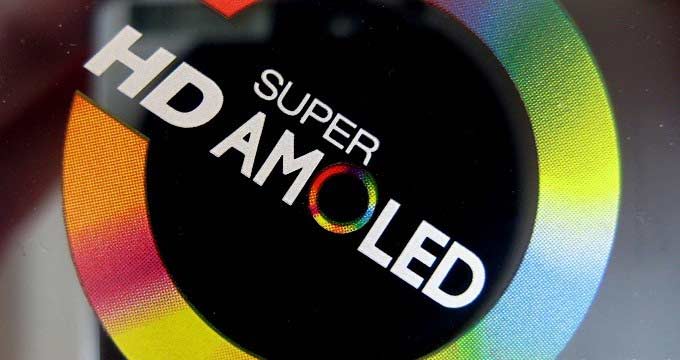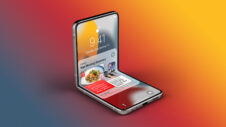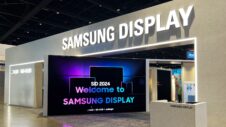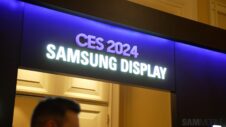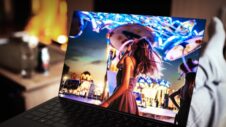A smartphone’s display is the portal through which we interface with all our precious content and data. You can talk about gigahertz and FPS all you like, but at the end of the day… processing power and performance are redundant if the quality of the screen substandard. It is evident that smartphone manufacturers are aware of this, with screen technology evolution coming on leaps and bounds ahead of everything else. But has it gone too far? Are new devices being over-manufactured with components we don’t really need any more?
We’re now seeing 1080p screen resolutions with 400+ pixels per inch (ppi) for 2013 releases. That sounds impressive, and yes, there is no doubt that it is impressive, but is it necessary? 3 years ago, 1080p was reserved for high end 50’’ televisions – now we are seeing them in 5’’ mobile displays! That’s an amazing leap forwards, but is there a point where it is all getting a bit silly? I mean… 1080p is pretty crisp even when I’m close up to my TV, isn’t it overkill to put that in my phone?
If we put arguments about pentile and RGB stripe, AMOLED and LCD technologies to one side, let’s just ask ourselves if there is a problem with the current state of screen resolutions and pixel densities on current flagship devices. The Galaxy S3 has a 720p resolution with a ppi of 306, and the Galaxy Note 2 has a ppi density of 267 and they look pretty perfect to most of us. Why do we need a higher pixel density?
Well… it seems that some people like to look at their devices with magnifying glasses! Someone with perfect 20/20 vision would theoretically be able to see individual pixels at a density of 2190ppi on a screen just 4” (~100mm) from their eyes, and for the average person with 20/20 vision, it’s about 876ppi. The majority of us would get a bit cross-eyed with a screen that close! At a 1 foot distance (probably a bit closer than most of us actually use our phones) the majority of people with 20/20 vision can only differentiate individual pixels with a density below 300ppi.
Any pixel density over 300ppi, therefore, is only going to benefit a small minority of people with exceptionally good vision, or those who have their phones glued to their noses. All of these extra pixels are going to go largely unnoticed, and do very little other than waste battery life – something which is frustratingly poor in all smart phones.
I don’t mean this to discredit the amazing advances in technology, but now that most high end device manufacturers have reached the happy 300ppi, I would much rather they held back with this sort of thing and invested some time in better battery technology rather than wasting voltage on invisible pixels. Until we are walking around with smart phones strapped to our faces (Project Glass), I just can’t see[!] how these additional pixels are going to improve my over all user experience.
Perhaps I will change my mind after some proper hands-on time with devices launched later this year, I guess time will tell – or maybe I need to get my eyes tested – but for now I remain very sceptical about the need for higher resolution and higher pixel density smart phone screens. It just seems like a waste of resources to me…
What do you think?
